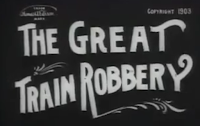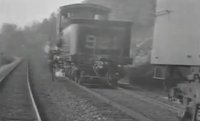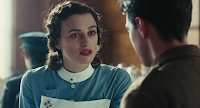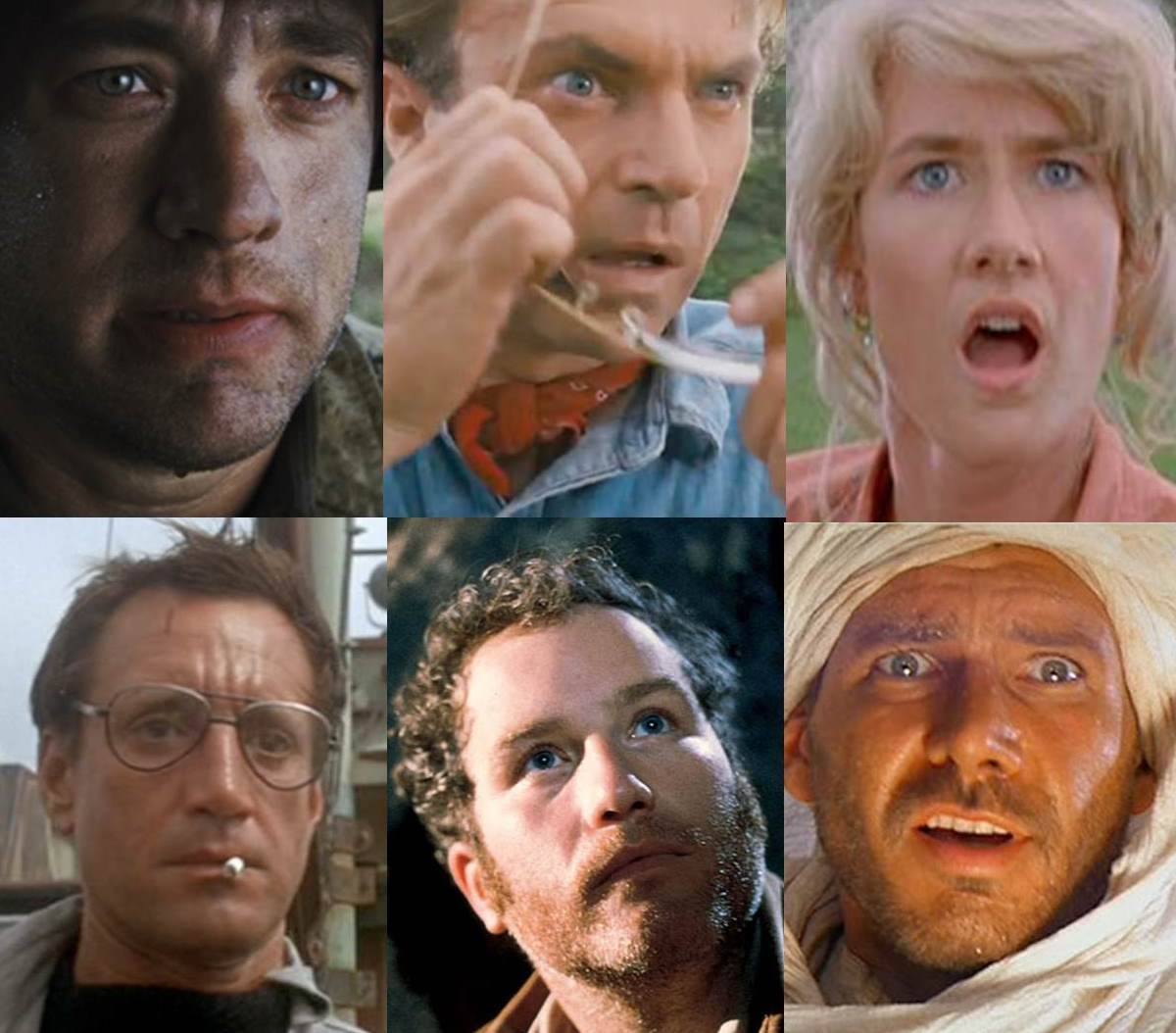"I wanted to become three things when I was young: a pro footballplayer, a rockstar and a filmmaker - I managed to do two of them."
Since Blackburn didn't want to be a runner he decided to make a lot of short films to get experience and to have something to show that he could direct. He also went to acting workshops to learn how it is to be directed (both good and bad) and watched films with the sound turned off to better focus on the directing - all to improve and develop his skills as a director. To get in contact with the right people Blackburn watched the credits on a lot of films and shorts to see who had produced, which company was it for etc and make contact with them to show his work.
2012 was a big year for Blackburn as winning the BAFTA TV award for "The Fades" made him more recognised as a director and enabled him to do work in America.
When having meetings with producers for new projects he often uses mood boards to show how he want things to look like and refers to different movies, but he never uses stills from movies and say "We'll do it exactly like this". Another thing Blackburn doesn't do is using shotlists or storyboards unless it's something big, visual effect. "I know my blocking and I know my action. I know what I want when I go on the floor and work with the actors, but I'm also flexible if they have any inputs. The reason why I don't do shotlist and storyboards is to avoid being locked to a set up."
Even though Blackburn tend to work on "dark projects" (crime drama, thriller etc.) and to recast actors he sais he doesn't think he have a specific trademark or a signature voice. "I used to worry about that in the beginning of my career since I felt that I needed to have a trademark to be a director. But I think that trademark and that "voice" is something subconscious that you probably won't even know that you have before you have done loads and loads of work."
For this unit I've taken some inspiration from the crime series "Luther" and the episodes that Blackburn directed. The series consists of 16 episodes divided into 4 seasons, the episodes Blackburn directed being epsiodes 3 and 4, season 3.
In the series we follow the near-genius murder detective John Luther who's been separated from his wife. He's torn between an unrelenting approach to solving serial killings and his attempts to get back together with his former wife whom he still loves. Luther is an emotional guy who doesn't think twice about stretching the law to solve a case or save a life.
The reason why I chose "Luther" is both because it's a police crime drama set in Britain and because the main character is similar to Carl Hanratty (one of the main characters in 'Catch Me If You Can'), both that they both are separated with their wife and can't get over the person they love, their job being their life, and that the criminal that they are trying to arrest ends up working with them/becomes their companion.
Even though my adoption of 'Catch Me If You Can' is a period piece set in 1960 it's interesting to watch Luther to compare how the police acts in Britain compared to CMIYC which is American. It also helped me with the dialogue since I was struggling with the dialogue being too American.
Tec.spec: Luther was shot on Arri Alexa (Master Prime Lenses), Arriflex D-21, Cooke S4 and Angenieux Optimo Lenses. Aspect ratio 16:9 HD.
I really like the cinematography in Luther and Luther mostly alternates between establishing shots with discrete push in or out so we have time to situate the characters in their environment, (this is used through the whole series). The series is quite fast paced, and it's also filmed quite dark. Even in daylight or in lit rooms character's the faces of the characters are dark.

//Source material and Images\\
https://images-na.ssl-images-amazon.com/images/M/MV5BMjM3MTAyMTE2MV5BMl5BanBnXkFtZTgwMzY5MzM0MDI@._V1_UX182_CR0,0,182,268_AL_.jpg



























